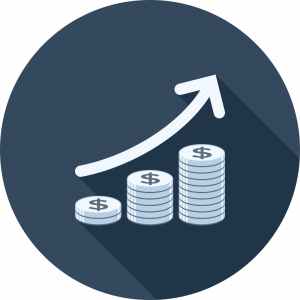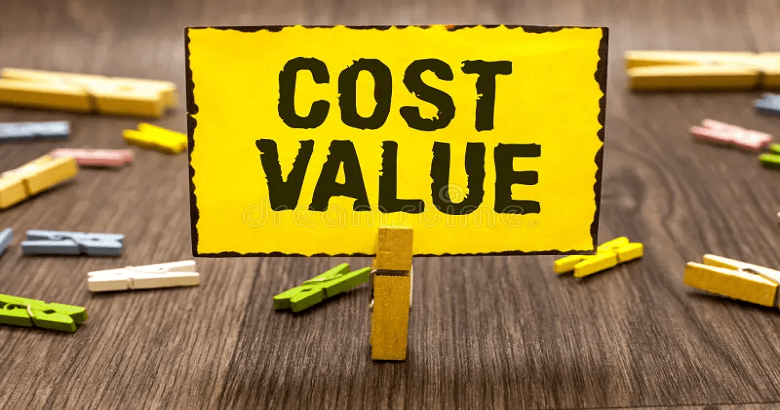Becoming a published author is more attainable than ever in 2024. With the rise of self-publishing platforms and digital distribution channels, writers have unprecedented opportunities to share their stories with the world. However, amidst the excitement of seeing your book in print or available for download, it’s essential to understand the financial investment required to bring your literary masterpiece to life. In this comprehensive guide, we’ll delve deep into the various expenses authors may encounter throughout the publishing journey, uncovering hidden costs and offering practical advice to help you confidently navigate the process.
Pre-Publishing Preparation
Before your book can grace bookstores’ shelves or populate online retailers’ virtual aisles, several essential tasks demand financial investment. Let’s break down these pre-publishing expenses:
Writing and Editing
- Professional Editing Services: Hiring a skilled editor to polish your manuscript ensures it meets industry standards and resonates with readers. The cost of editing services can vary depending on factors such as the length and complexity of your book.
- Proofreading: Even the most meticulously crafted manuscript can harbor typos and grammatical errors. Investing in professional proofreading ensures your book is free from embarrassing mistakes.
- Cover Design: They say you shouldn’t judge a book by its cover, but a compelling cover can make all the difference in the competitive publishing world. Budgeting for a professional cover design is essential for capturing readers’ attention and conveying the essence of your book.
Formatting and Typesetting
- eBook Formatting: Properly formatting your book for digital devices is crucial for delivering a seamless reading experience to your audience.
- Print Formatting: Whether planning to publish a hardcover, paperback, or both, investing in professional print formatting is essential for creating a polished final product.
- Interior Design: The layout and design of your book’s interior significantly enhance readability and overall aesthetics.
Administrative Costs
- ISBN Acquisition: Acquiring an International Standard Book Number (ISBN) is necessary for selling your book through retail channels. While some platforms offer free ISBNs, others require authors to purchase them.
- Copyright Registration: Protecting your intellectual property by registering for copyright ensures that you retain control over your work and have legal recourse in the event of infringement.
Publishing Expenses

Once your manuscript is polished to perfection and ready for the world to see, it’s time to consider the costs of publishing your book. Whether you choose the traditional route or opt for self-publishing, there are several expenses to consider:
Traditional Publishing Costs
- Literary Agent Fees: Securing representation from a literary agent can be a game-changer for authors seeking traditional publishing deals. However, agents typically work on commission, earning a percentage of your book’s advance and royalties.
- Advance Against Royalties: Traditional publishers may offer authors an advance payment against future royalties. While this advance can provide much-needed financial support, it’s important to remember that it’s essentially a loan that must be recouped through book sales.
- Marketing and Promotion: While traditional publishers often provide some marketing support, authors are expected to actively promote their books. Budgeting for additional marketing expenses, such as book tours, promotional materials, and advertising, is essential for maximizing your book’s visibility.
Self-Publishing Expenses
- Printing Costs: If you choose to self-publish a physical edition of your book, you’ll need to budget for printing expenses. The cost of printing can vary depending on factors such as book size, page count, paper quality, and printing method.
- Distribution Fees: Making your book available to readers requires distribution channels. Whether you opt for print-on-demand services or digital distribution platforms, there are associated fees.
- Marketing and Promotion: Self-published authors are responsible for all book marketing and promotion aspects. Allocating funds for social media advertising, book launch events, and author websites can help increase your book’s visibility and reach.
Hybrid Publishing Models
- Vanity Presses: Vanity presses offer publishing services to authors in exchange for a fee. While these companies may provide editing, formatting, and distribution services, authors retain control over their work and receive royalties from book sales.
- Assisted Self-Publishing: Assisted self-publishing companies charge authors for a range of publishing services. While authors maintain creative control and ownership of their work, they pay for editing, cover design, and distribution services.
- Cooperative Publishing: Cooperative publishing models involve authors sharing the book’s costs and responsibilities. While this approach can reduce individual expenses, it requires collaboration and coordination among authors.
Post-Publishing Considerations
Congratulations! Your book is now available to readers worldwide. However, the journey doesn’t end here. Here are some post-publishing expenses to keep in mind:
Royalties and Distribution Fees
- Royalties: Whether you’re traditionally published or self-published, understanding your royalty structure is essential for managing your finances and tracking your book’s performance.
- Distribution Fees: Platforms and retailers may deduct fees from your book’s sales proceeds, impacting your overall earnings. Familiarize yourself with these fees to ensure you’re maximizing your revenue potential.
Inventory Management
- Print-On-Demand Services: Print-on-demand (POD) allows authors to produce physical copies of their books as orders are received, eliminating the need for large print runs and storage space. However, authors should monitor inventory levels and adjust pricing and availability accordingly.
- Stocking and Fulfillment: For authors who choose to self-publish and maintain inventory, managing stock levels and fulfilling orders promptly is essential for customer satisfaction and maintaining a positive reputation
Continued Marketing Efforts
- Social Media Marketing: Building and engaging with your audience on social media platforms can help generate buzz and drive sales for your book. Allocating time and resources to social media marketing efforts is crucial for maintaining visibility and connecting with readers.
- Author Appearances and Events: Whether it’s book signings, author readings, or literary festivals, participating in author events allows you to engage with readers in person and promote your book directly. While attending events may incur travel and accommodation expenses, connecting with readers can be invaluable.
Cost in Value

| Expense Category | Estimated Cost Range |
| Writing and Editing | $500 – $5,000 |
| Formatting and Typesetting | $100 – $1,000 |
| Administrative Costs | $0 – $300 |
| Printing Costs | $2 – $5 (per book) |
| Distribution Fees | Varies |
| Marketing and Promotion | $200 – $2,000 |
| Royalties and Distribution | Fees Vary |
| Continued Marketing Efforts | $100 – $500 (per month) |
Final Thoughts
The road to publishing a book is a multifaceted process that requires careful planning, budgeting, and investment. From pre-publishing preparation to post-publishing promotion, understanding the costs involved is essential for navigating the publishing landscape effectively. By breaking down the various expenses and exploring different publishing models, aspiring authors can make informed decisions and maximize their chances of success. Remember, while publishing a book requires financial investment, the opportunity to share your stories and connect with readers is priceless.
Frequently Asked Question
-
How much does it cost to self-publish a book?
The cost of self-publishing can vary widely depending on factors such as editing, cover design, formatting, and marketing. Generally, authors can expect to invest anywhere from a few hundred to several thousand dollars.
-
Do I need to purchase an ISBN for my book?
While it’s not mandatory, obtaining an International Standard Book Number (ISBN) is advisable if you plan to sell your book through retail channels. Some self-publishing platforms offer free ISBNs, while others require authors to purchase them.
-
What are the typical royalties for authors?
Royalty rates can vary depending on the publishing model (traditional or self-publishing) and sales channels. In traditional publishing, authors typically receive royalties ranging from 5% to 15% of the book’s retail price. Self-published authors may earn higher royalties, often between 35% and 70%, depending on the platform and distribution method.
-
Are there ongoing costs after publishing my book?
Yes, there can be ongoing costs, such as marketing efforts to promote your book, website maintenance, and inventory management for self-published authors. Additionally, authors may incur expenses for subsequent editions, translations, or audiobook production.
-
How can I reduce publishing costs without compromising quality?
There are several ways to minimize expenses while maintaining the quality of your book. Consider self-editing before hiring a professional editor, explore cost-effective cover design options, and utilize free or low-cost marketing channels such as social media. Researching and comparing service providers can also help you find the best value for your budget.



